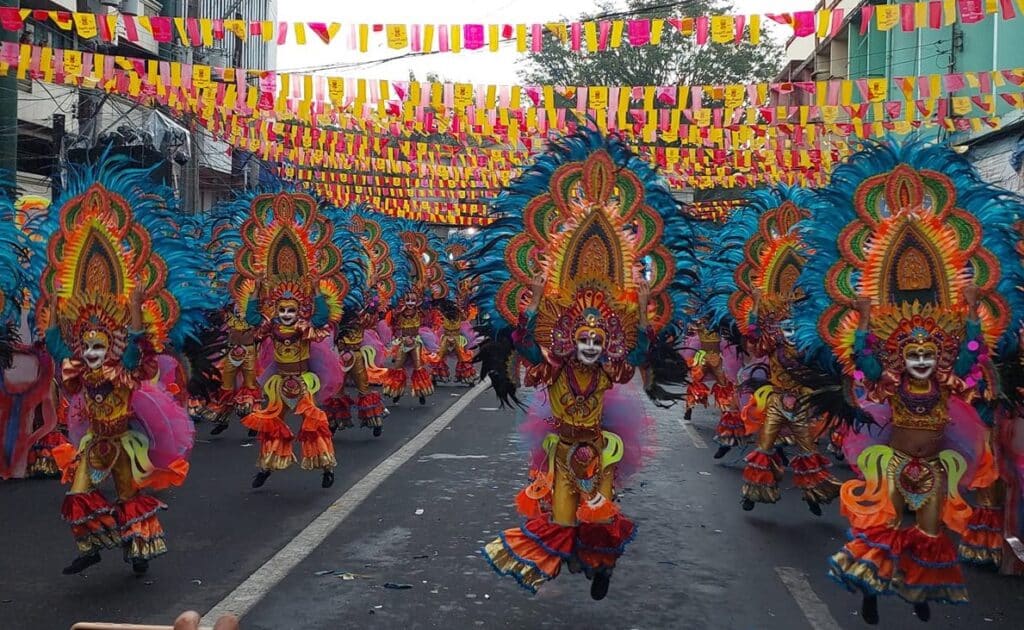
Class action suit as a legal action is often linked with the sinking of M/V Don Juan more than four decades ago, an unfortunate incident that led to the holding of the annual Masskara Festival of Bacolod every October.
The vessel left Manila for Bacolod at 1:00 p.m. on April 22, 1980 where most passengers were vacationers, students coming home after graduation or a break in big schools in Manila like the University of the Philippines, many belonging to families of wealthy and illustrious Negrenses.
At about 10:30 p.m., the M/V Don Juan collided off the Tablas Strait in Mindoro with the oil tanker M/T Vector. The collision brought forth an inferno at sea with an estimate of about 4,386 casualties, and was described as “Asia’s Titanic” and the “world’s worst peace time maritime disaster.” There are only 26 survivors.
READ MORE:
KUWENTONG PEYUPS: Memoirs as a kidnap victim
1 dead, oil spill feared after tanker capsized in Bataan waters
In Negros Navigation Co., Inc., vs. Miranda and De la Victoria (GR. No. 110398 November 7, 1997), the Supreme Court found Negros Navigation negligent in tolerating the playing of mahjong by the ship captain and other crew members while on board the ship. The captain and the crew failed to take steps to prevent the collision or at least delay the sinking of the ship and supervise the abandoning of the ship.
The Court likewise ruled that Negros Navigation failed to keep the M/V Don Juan seaworthy so much so that the ship sank within 10 to 15 minutes of its impact with the oil tanker.
The Court also found that M/V Don Juan was overloaded. The total number of persons allowed on the ship was 864, of whom 810 are passengers, but there were actually 1,004 on board the vessel when it sank, 140 persons more than the maximum number that could be safely carried by it.
The Dona Paz tragedy is considered one of the landmark case that touched upon the issue of “class action suit” found in Section 12, Rule 3 of the Rules of Court.
A class action suit allows multiple parties with similar grievances against a common defendant to pool their resources and litigate the matter collectively. This legal mechanism enhances judicial efficiency and ensures a consistent verdict for issues of common interest.
The Supreme Court explained “class suit” in “Re: Request of the Heirs of the Passengers of the Doña Paz to Set Aside the Order Dated January 4, 1988 of Judge B. D. Chingcuangco” (A.M. No. 88-1-646-0 March 3, 1988):
The elements of a class suit are (a) the subject matter in controversy is of common or general interest to many persons, and (b) those persons are so numerous as to make it impracticable to bring them all before the court.
In a class suit, there is only one right or cause of action pertaining or belonging in common to many persons, not separately or severally to distinct individuals.
The Court stressed that the object of the suit is to obtain relief for or against numerous persons as a group or as an integral entity, and not as separate, distinct individuals whose rights or liabilities are separate from and independent of those affecting the others.
It added that the parties bringing the class suit are sufficiently numerous or representative of the class and can fully protect the interests of all concerned.
A judgment in a class suit, whether favorable or unfavorable to the class, is binding under res judicata principles upon all the members of the class, whether or not they were before the court. It is the non-divisible nature of the right sued on which determines both the membership of the class and the res judicata effect of the final determination of the right.
The Court, however, noted that the proceedings involved more of Rule on Permissive Joinder-of- Parties found in Section 6 of Rule 3 than a class suit.
This rule states if there are many persons who have distinct, separate rights against the same party or group of parties, but those rights arise from the same transaction or series of transactions and there are common questions of fact or law resulting therefrom, the former may join as plaintiffs in one action against the same defendant.
“Everyone — and the members of the Court are no exception — deplores that tragedy that claimed so many unsuspecting victims in what has been described, to repeat, as ‘the worst single disaster’ in maritime history. Everyone condoles and symphatizes with those whom the victims, both known and unknown, left behind, many of whom were denied even the small consolation of being able to bury their dead. Everyone undoubtedly hopes and wishes that these survivors may quickly obtain adequate recompense for the untimely loss of their loved ones.”
The Court ruled that the case is not a proper one for a class suit and that the action may not be maintained by a representative few in behalf of all the others: “But sympathy and commiseration however-well-deserved, are not considerations that would justifiably argue for bending or dispensing with the observance of the rules which prescribe now such vindication may be obtained in the courts of law”.
The crisis gave birth to the MassKara festival which was first held during the City’s Charter Day celebration on October 19, 1980 to lift the spirits of the locals and bring back the smiles on their faces.
(Peyups is the moniker of the University of the Philippines. Atty. Dennis R. Gorecho heads the Seafarers’ Division of the Sapalo Velez Bundang Bulilan Law Offices. For comments, e-mail info@sapalovelez.com, or call 09175025808 or 09088665786.)
